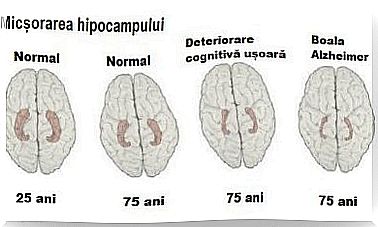Isotonic And Isometric Exercises: What’s The Difference?

The famous isotonic and isometric exercises are two ways of stimulating each other that complement each other to give variety to training routines. In fact, performing both types of exercises maximizes the benefits of each training session.
Both isotonic and isometric exercises offer different ways of working and advantages. In terms of efficiency, there is no universal answer, because it all depends on the goals and physical condition of each person.
Isotonic and isometric exercises
Isotonic exercises
The word isotonic originates from the Greek terms “iso” (meaning “equal”) and “tonos” (meaning “tone”). The term describes a type of exercise in which the muscles maintain the same tension while performing a certain movement.
This means that during isotonic exercises, the muscles contract and shorten or lengthen with a constant load. Although the length of the muscles changes, the load remains the same during the exercise. Given this, it is important to differentiate between the two types of isotonic contractions: concentric and eccentric.

Popular isotonic exercises include biceps flexion, triceps flexion, push-ups, chest press, shoulder press, burpess and abdomen, among many others.
In addition, many yoga positions, such as the warrior in any of its versions, the tree, the chair or the dancer are very beneficial and challenging isometric exercises.
Here are some examples of popular isotonic exercises.
squats
The word isometric has its origin in the Greek terms “iso” (meaning “equal”) and metron (meaning “measure”). The term describes a type of exercise in which the same measure, size or length of the muscles is maintained.
In other words, during isometric exercises, the length of the muscle or the angle of the joint does not change in contraction. The muscles involved during the exercises remain the same length. The plank is probably the most popular isometric exercise.

Isotonic exercises and isometric exercises: final recommendations
Many experts believe that isotonic training offers more benefits than functional training because it reproduces the movements we use in everyday life. In addition, it helps both to reduce body fat and to increase muscle mass.
Isometric exercises help improve daily performance because they stimulate the core muscles to stabilize the body. In addition, isometric exercises are very suitable for physical recovery; maintain muscle mass or at least reduce loss of strength.
Whenever possible, the combination of isotonic and isometric exercises will help to achieve better results during strength training.









